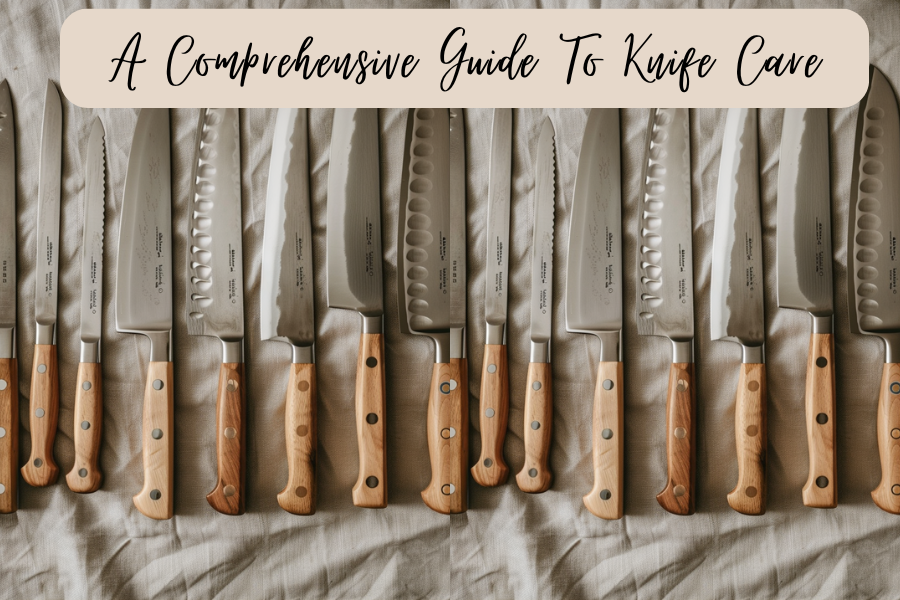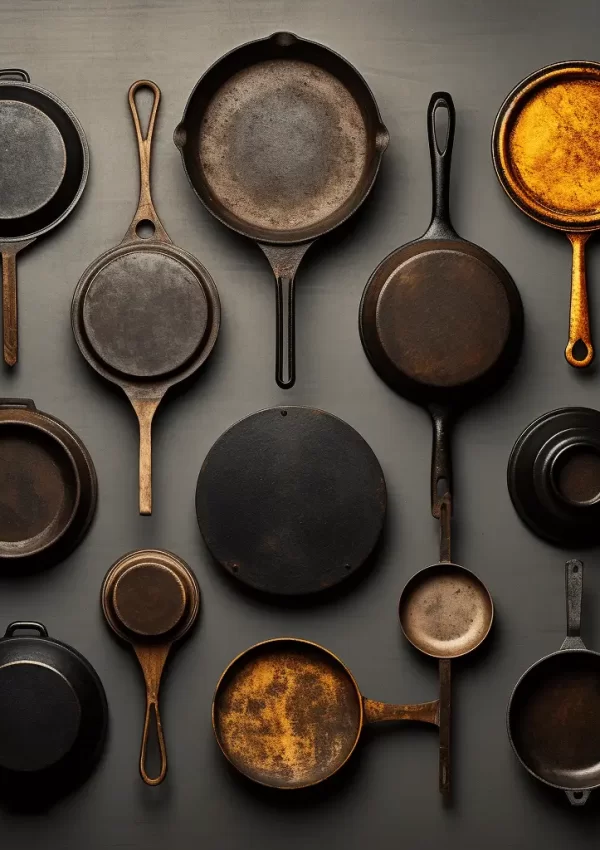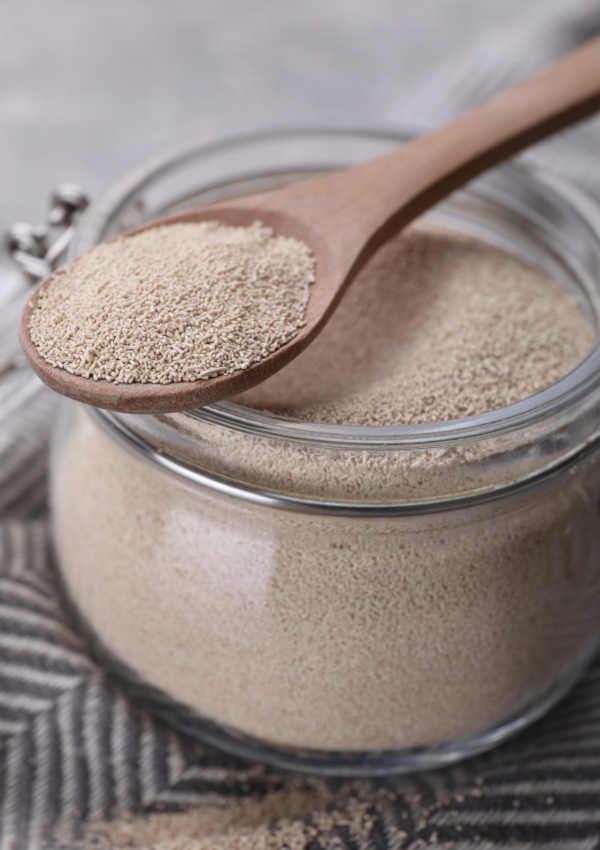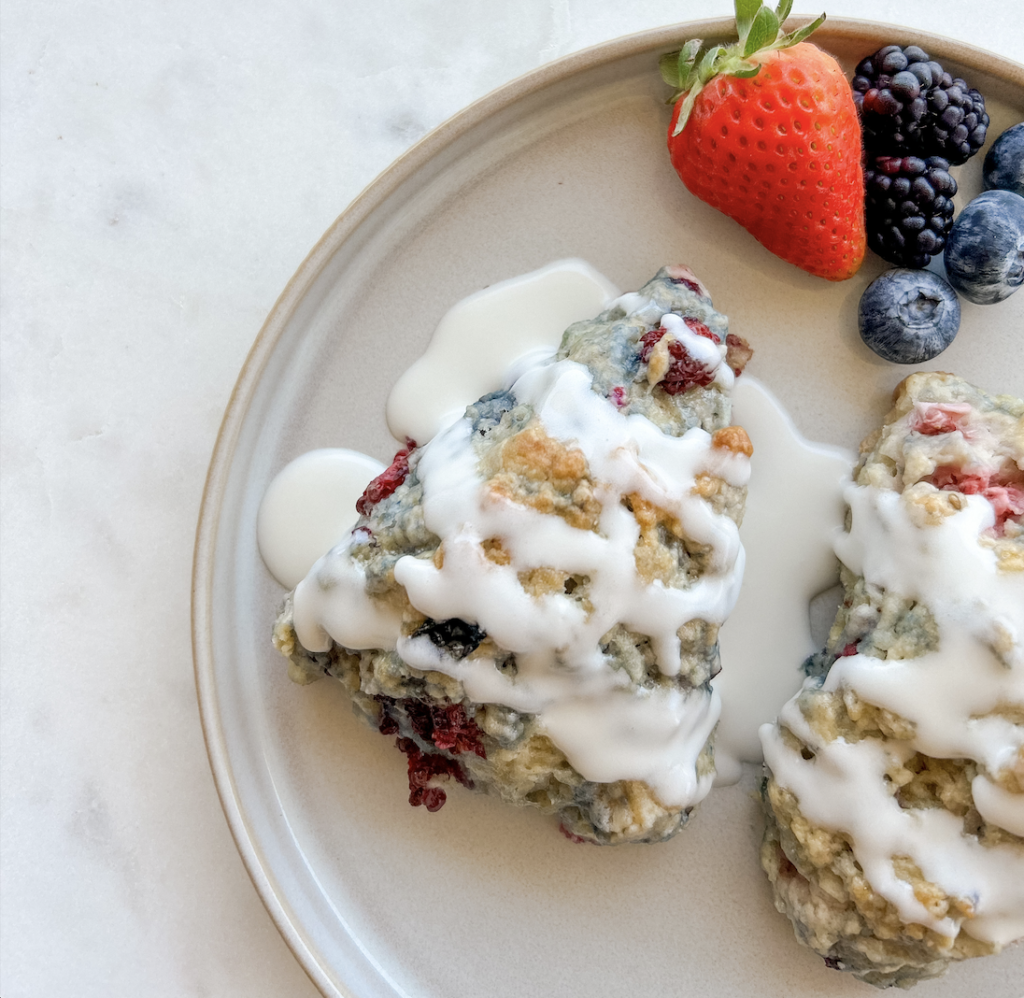Welcome to the ultimate guide to knife care! Whether you’re a seasoned chef or a kitchen newbie, keeping your knives in top-notch condition is key to culinary success. From slicing veggies with precision to dicing meat with ease, a well-maintained knife is your trusty sidekick in the kitchen. So, let’s dive into the nitty-gritty of knife care and ensure your blades stay sharp and ready for action.
This post contains affiliate links, which means I’ll receive a commission if you purchase through my link, at no extra cost to you. Please read the full disclosure here.
It may be no secret, but I never went to culinary school. I learned how to cook in (likely) the same way you have – through trial & error. Since I started this food blog, I have been selfishly seeking answers to the questions that I find myself asking in hopes that it helps boost your kitchen skills as well.
This week’s post may not be a recipe, but it is vital to apply these principles each time you use a knife. In today’s post, we will cover honing vs. sharpening, how to store your knives, how to clean and maintain your knives, and general knife safety.
Make sure you check out my salt & sugar-free seasonings since you popped by! Click here to look at our amazing line of spice!
This post is all about knife care.
Sharpening Your Blade
Honing vs. Sharpening
First things first, let’s clear up the confusion between honing and sharpening. Honing, done with honing steel, realigns the blade’s edge, while sharpening, done with a whetstone or knife sharpener, removes metal to create a new edge.
- Honing: After each use, give your knife a few swipes on a honing steel to keep the edge straight. Hold the steel vertically and angle the knife at about 15 degrees, then gently slide the blade down from heel to tip.
- Sharpening: When your knife starts to feel dull, it’s time for a sharpening session. Whether you prefer a whetstone or a knife sharpener, the technique is similar. Start with a coarse grit to remove nicks and then move to a finer grit for a razor-sharp edge. Remember to maintain a consistent angle and use light pressure
[the_ad id=”3378″]
Storing Your Knife
Knife Block
A knife block is a classic storage option that keeps your knives safely nestled in individual slots. Choose a block made of wood, bamboo, or plastic to prevent dulling the blades.
Magnetic Strip
For a sleek and space-saving storage solution, consider mounting a magnetic strip on your kitchen wall. Simply attach your knives to the strip, keeping them easily accessible while also showcasing your culinary tools.
Drawer Inserts
If counter space is at a premium, drawer inserts are a great way to store your knives safely out of sight. Look for inserts with slots or pockets to keep each knife organized and protected from damage.
Cleaning Your Knife
Hand Wash Only
Resist the temptation to toss your knives in the dishwasher – the harsh detergent and high heat can damage the blades. Instead, wash them by hand with warm, soapy water and a soft sponge.
Dry Thoroughly
After washing, dry your knives immediately with a clean towel to prevent water spots and rust from forming. Pay extra attention to the area where the blade meets the handle, as moisture can accumulate there.
Store Clean and Dry
Before storing your knives, make sure they’re completely dry to avoid corrosion. Store them in a clean, dry place away from moisture and humidity to keep them in tip-top shape.
[the_ad id=”3378″]
Knife Maintenance
Avoid Cutting on Hard Surfaces
To prolong the sharpness of your knives, avoid cutting directly on hard surfaces like glass, ceramic, or granite countertops. Instead, use cutting boards made of wood, bamboo, or plastic, which are gentler on the blade.
Use Proper Cutting Technique
When chopping, slicing, or dicing, use a proper cutting technique to minimize wear and tear on your knives. Avoid twisting or prying motions, as these can damage the blade.
Rotate Your Knives
If you have a collection of knives, rotate them regularly to distribute the workload evenly. This will help prevent excessive wear on any single blade and extend the overall lifespan of your knives.
You May Also Like
If you like this recipe, you may also like:
- The Anatomy of A Knife
- A Comprehensive Guide To Wooden Cutting Board Care
- How To Care For Cast Iron Skillet | A Comprehensive Cast Iron Guide
OR click here for all of my kitchen tips!
[the_ad id=”3378″]
Knife Safety
Always Cut Away from Your Body
To prevent accidents and injuries, always cut away from your body and keep your fingers clear of the blade. Use a claw grip when holding ingredients to protect your fingertips.
Store Knives Safely
When storing your knives, make sure they’re out of reach of children and pets. Consider using blade guards or sheaths to cover the sharp edge and prevent accidental cuts.
Handle with Care
Treat your knives with respect and handle them with care. Avoid dropping them or subjecting them to unnecessary stress, as this can lead to chips, cracks, or breakage.
Congratulations, you’re now a knife care pro! By following these simple tips for sharpening, storing, and cleaning your knives, you’ll ensure they stay sharp, safe, and ready to tackle any kitchen task. So, sharpen those blades, find the perfect storage solution, and keep those knives sparkling clean – your culinary adventures await!
[the_ad id=”3378″]
This post was all about Knife Care.
Did you try these tips? Make sure to tag me @thespicegirlkitchen_ on Instagram or @thespicegirlkitchen on TikTok! I love seeing you CRUSH IT! I will be your ultimate hype woman!
Want to learn more about Kelsey? Click here to read her story!







